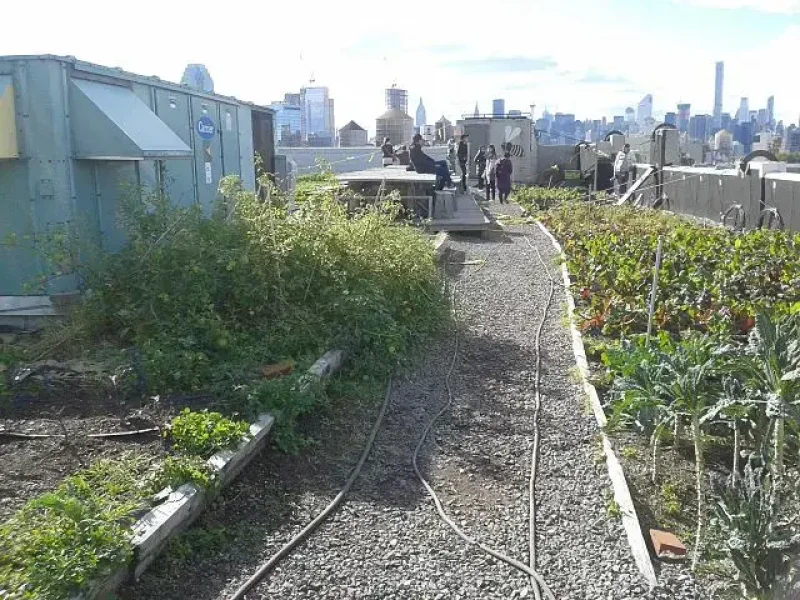A new study in Nature Cities compared carbon emissions from small farms and gardens in major cities across the U.S. and Europe with those of a typical industrial farm. The results may surprise many climate-conscious and well-meaning urbanites: per serving of produce, the carbon cost of low-tech urban farms can be up to six times greater than that of industrial farming operations. “We knew it would be high, but we didn’t realize it would be so high,” says study co-author Joshua Newell, a sustainable development researcher at the University of Michigan.
Newell’s team highlighted a number of ways to make urban agriculture more sustainable from a climate perspective. One option is to be selective about what crops are grown. Tomatoes grown in the city, for instance, have a carbon footprint equal to or lower than their industrially farmed counterparts. That’s because most commercially produced tomatoes start life in the greenhouse—a resource- and energy-intensive farming method. And a few other highly perishable crops that need to be refrigerated right away, such as asparagus and herbs, have about the same carbon footprint whether they’re grown in urban or industrial farm settings.
Another strategy is to rely on existing infrastructure as much as possible. Nearly two thirds of the carbon emissions from urban agriculture came from operations related to infrastructure, including the demolition and remodeling of old buildings rather than the incorporation of these structures into a new garden’s design.































